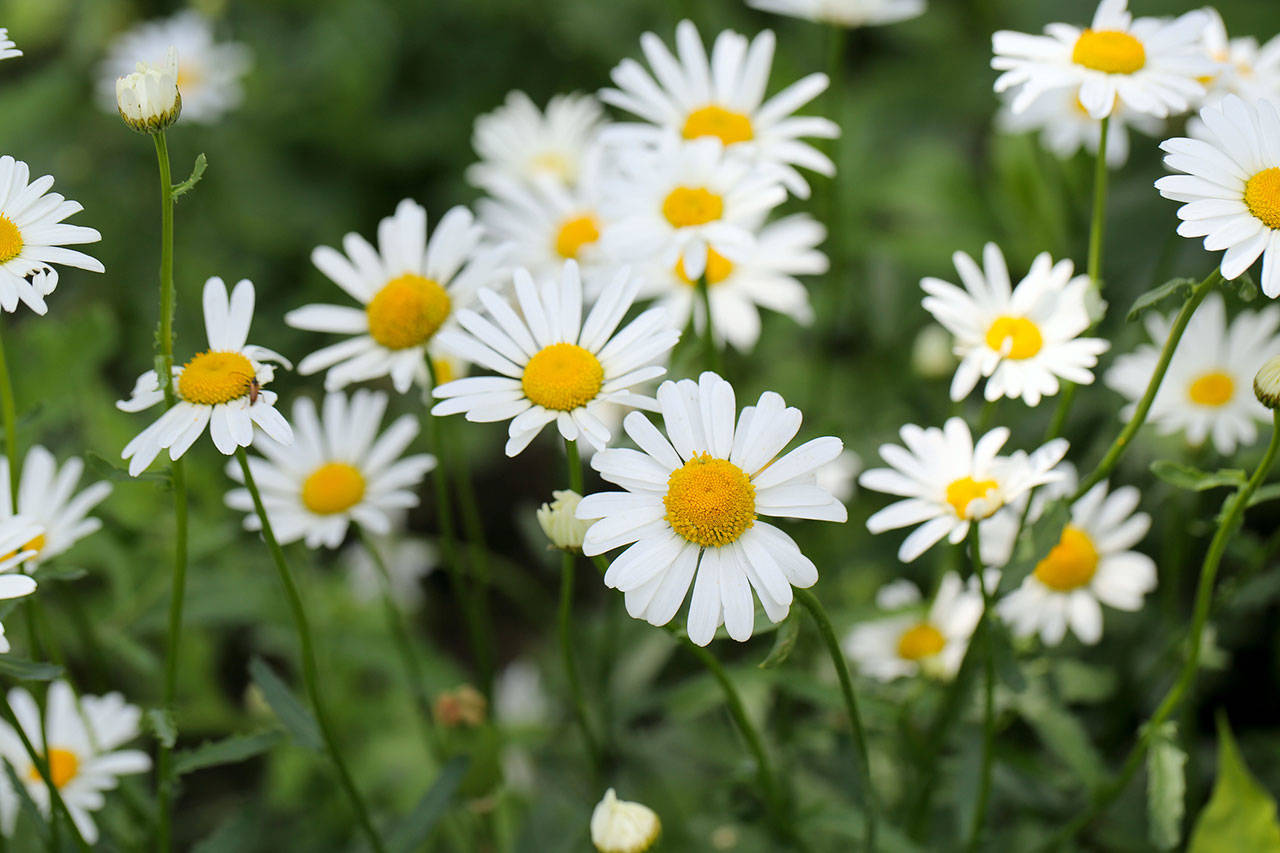By The Herald Editorial Board
We can think of more than a few gardeners who might include this in their wills.
A bill in the Legislature would add two new options for disposal of human remains, basically allowing for bodies to be composted above-ground into about a cubic yard of soil and a process known as “water cremation,” which uses water and lye to dissolve the body into bone fragments and a sterile liquid.
The legislation was discussed in Sunday’s New York Times with its usual fascination for Northwesterners and our nontraditional, unchurched and green ways. But either option might appeal to many in Washington state who are looking for a method of “final rest” that doesn’t involve the waste involved in a wood or metal casket, the use of formaldehyde in embalming, the cost and perpetual use of a cemetery plot or the large amount of carbon dioxide created during cremation. Recomposition, as the compost process is called, uses about one-eighth the energy of cremation.
State Sen. Jamie Pedersen, D-Seattle, is primary sponsor for SB 5001, but area lawmakers Sens. Guy Palumbo, D-Maltby, and Marko Liias, D-Everett, have joined as sponsors.
The bill, seen as the first of its kind in the nation, would add “recomposition” and “alkaline hydrolysis” as allowable methods for handling of bodies, provide licensing and inspection regulations and update state statutes.
It’s not an untested process. Washington State University, the Times notes, used six donated bodies to evaluate the procedure, which was overseen by the state Department of Ecology and has previously been used to deal with animal remains. The bodies were placed in a container with alfalfa and wood chips. Warm air, microbes and regular turning of the remains reduce the body to about a cubic yard of soil in 30 days or so.
Alkaline hydrolysis is quicker, about a three-hour process in which water and lye are used to reduce the body to bone fragments — which can be treated like cremated remains — and a sterile liquid that is disposed of.
In both procedures, the presence of toxic materials, including mercury from dental fillings, were within federal limits. And the heat during composting breaks down organic pathogens.
It’s not that Washington state residents don’t already have some greener options for what happens to their bodies after death, according to Nolo.com, a legal advice website.
Embalming through the use of formaldehyde, a cancer-causing agent, is not required, although bodies must be refrigerated if not embalmed before burial or cremation. And caskets aren’t required for cremation. Alternative materials such as cardboard, unfinished wood and even wicker can be used for burial. You can even build your own casket.
Bodies must be buried in established cemeteries, but some cemeteries allow for natural burials, such as Woodlawn Cemetery in Snohomish and Langley Woodmen Cemetery on Whidbey Island.
During a public hearing earlier this month before the Senate committee on labor and commerce, there were concerns raised about where the compost could be scattered. The soil could be treated as cremated remains are. State law allows for ashes to be scattered on private land, on public land with permission and in state-controlled waterways, including rivers, streams, lakes and the Salish Sea. Otherwise, most families are likely to want to use the soil in private gardens or beneath trees planted as memorials.
If state residents want to leave as their legacy as little as possible in the way of greenhouse gases and unnecessary waste — and take “dust to dust” as literally as possible — these methods of disposal of remains should be allowed.
If we’re going to be pushing up daisies, we might as well help them grow.
Talk to us
> Give us your news tips.
> Send us a letter to the editor.
> More Herald contact information.

























